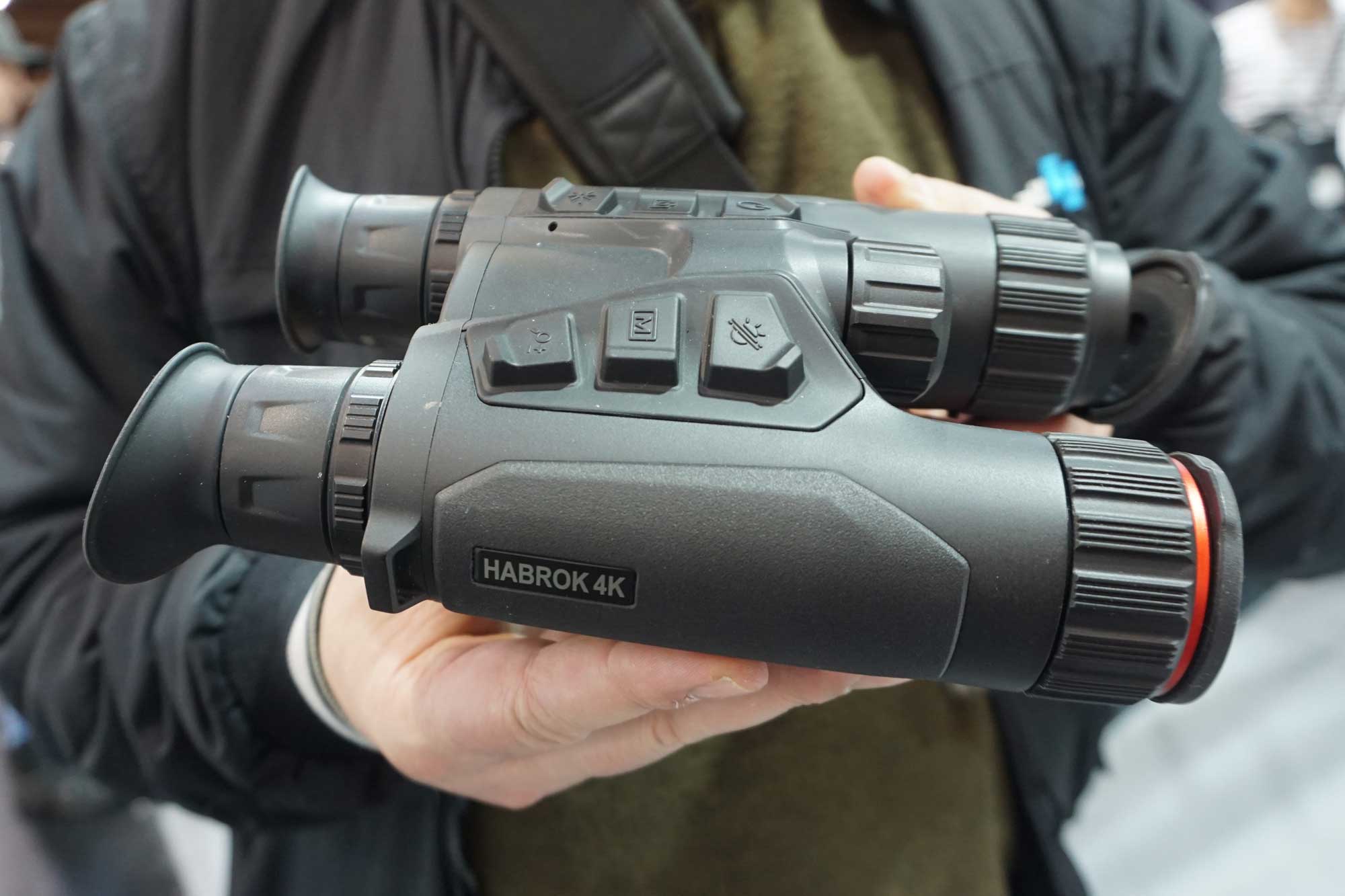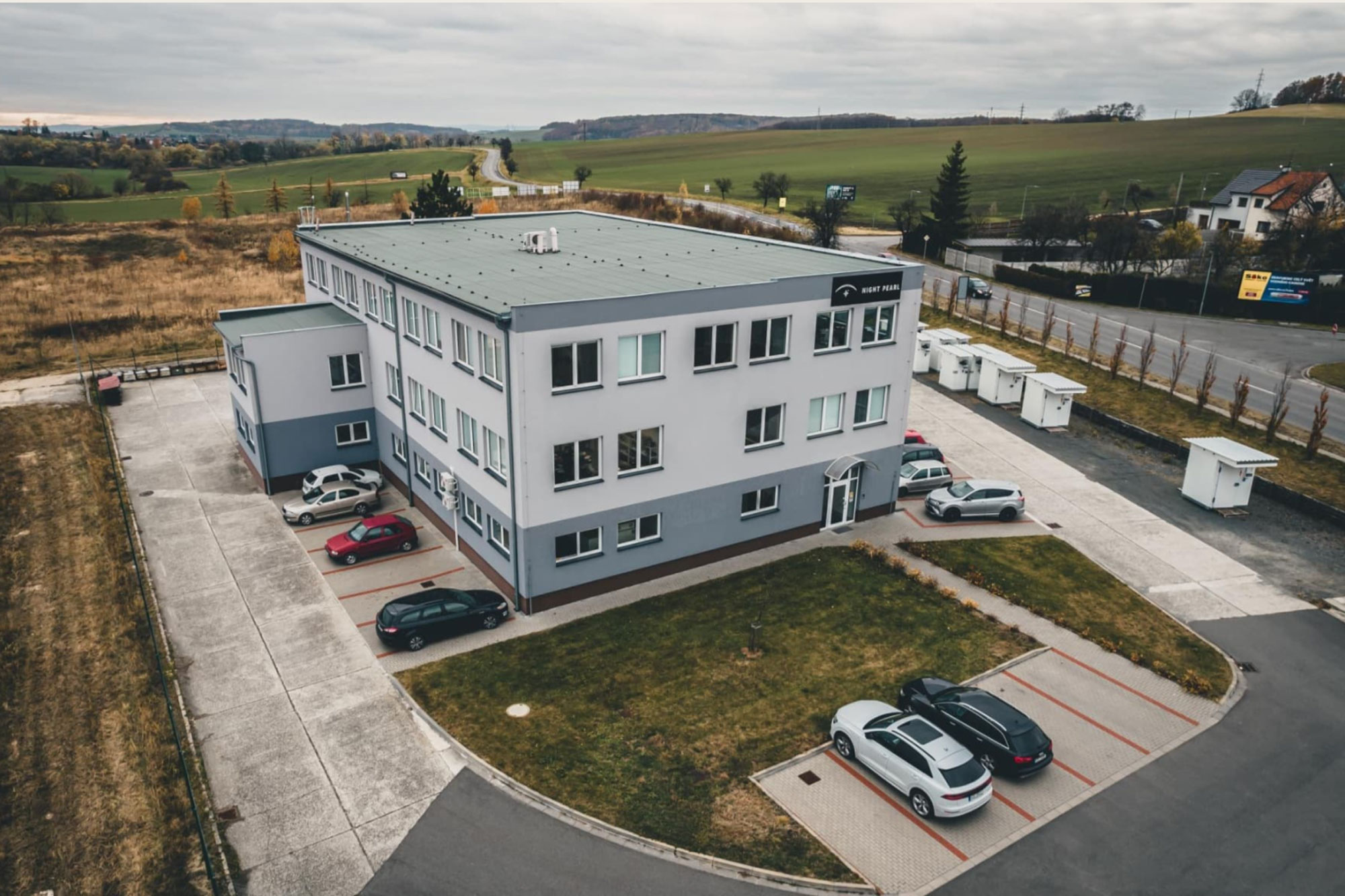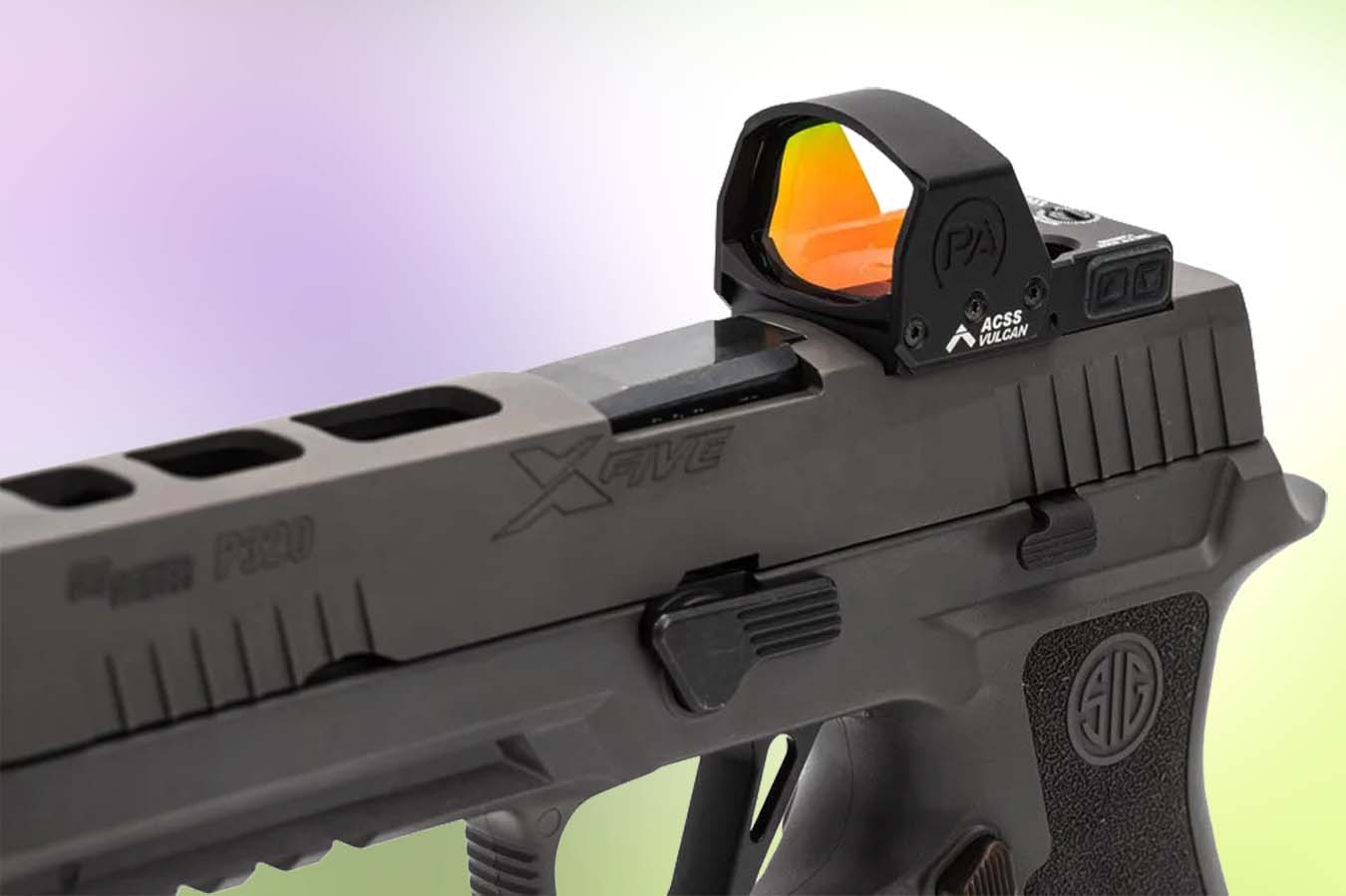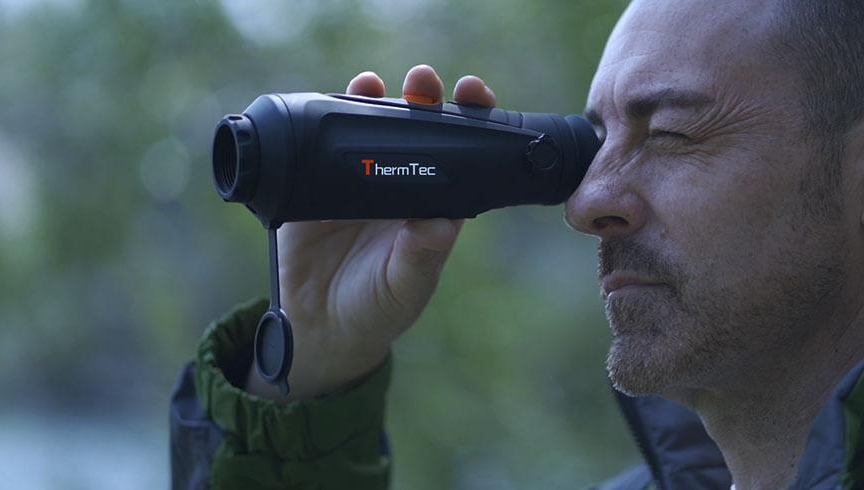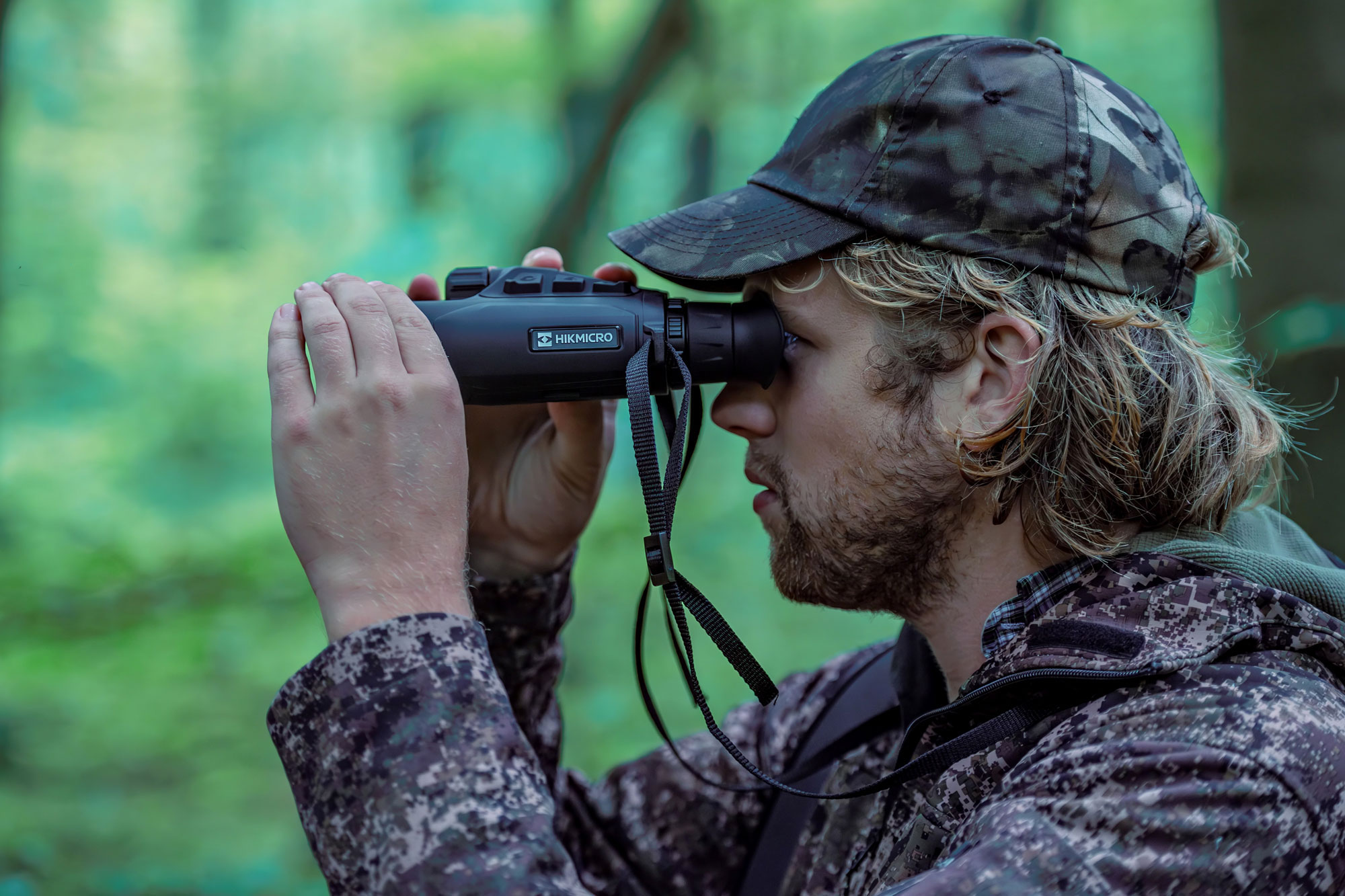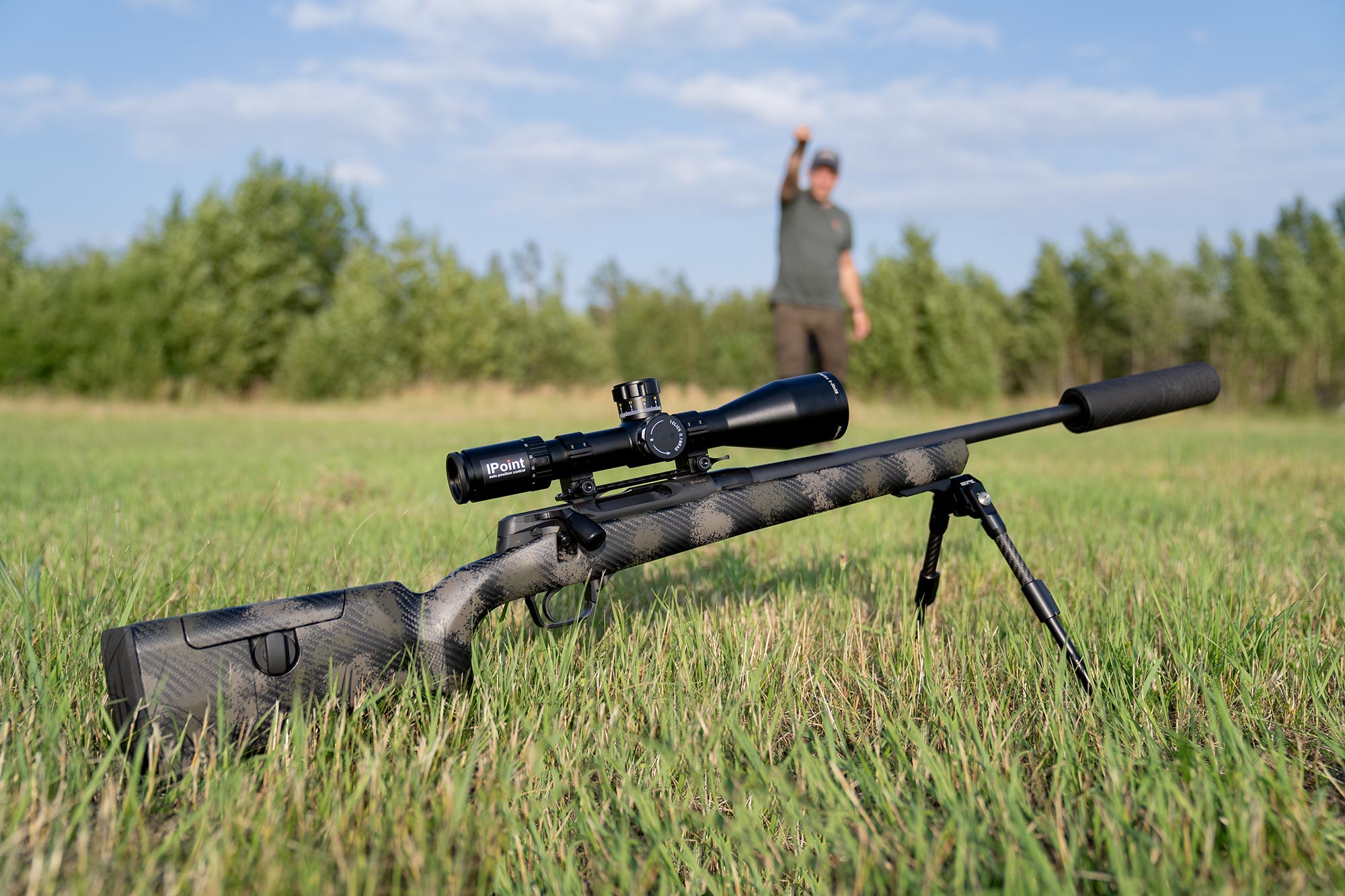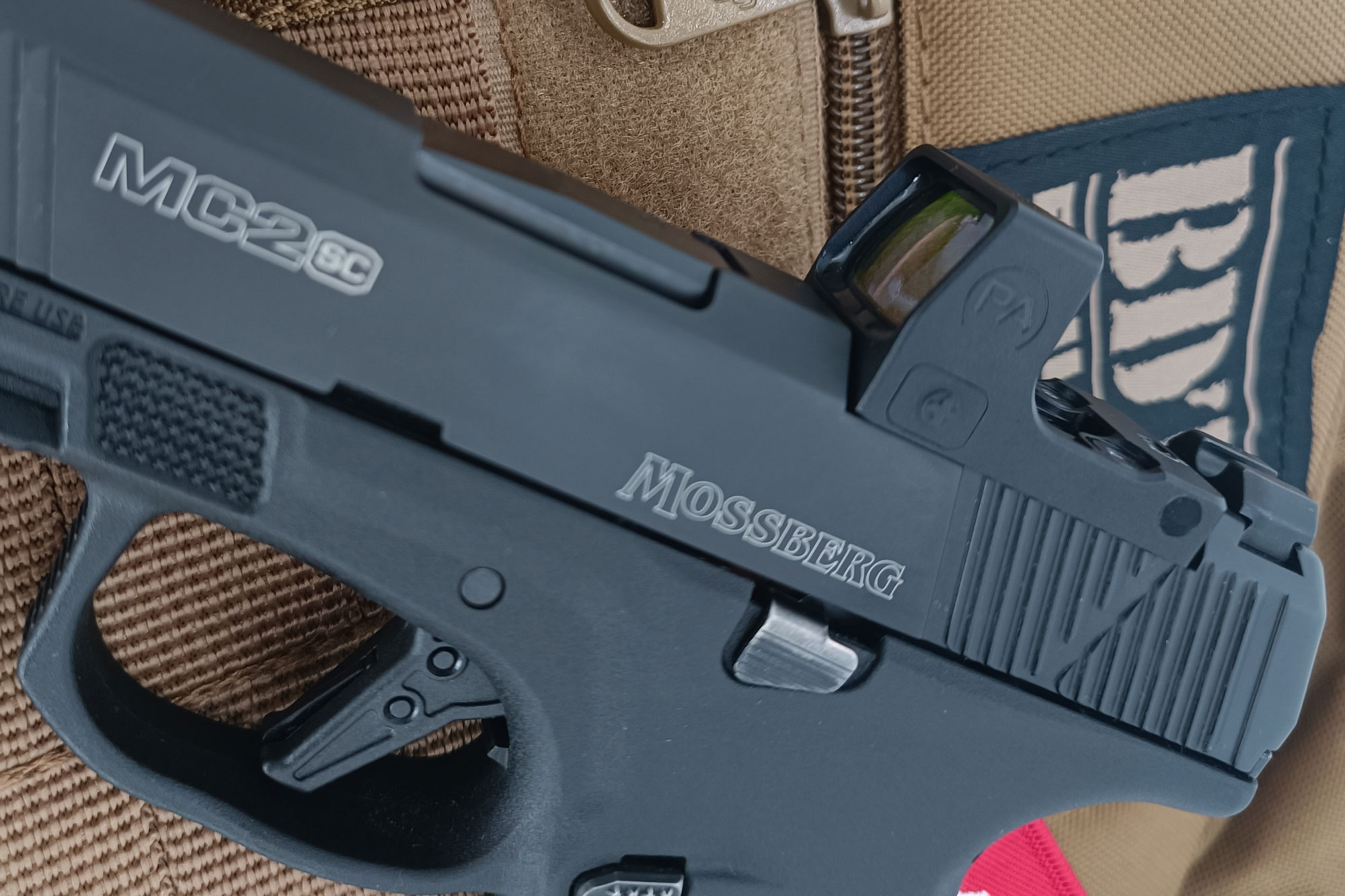The binoculars market is currently growing, and buying interest is high. Let's just exclude all the cheap binoculars from China. On the alibaba.com web portal, they probably start at 10-12 euros. But we are not talking about that. It is estimated that around eight to nine million binoculars are sold annually on the world market. Our hunters usually know only the top range – namely binoculars of the highest quality. And that's a good thing, because only in this market segment are there products that are really suitable for use in hunting.
Today, hunters in Central Europe mostly use binoculars with optical values between 7x50 and 10x56. Most binoculars in the highest price and quality range therefore offer brilliant optics, are rugged and permanently sealed against dust and water. But there are also differences. How can you find the right binoculars for your own purpose and budget? We asked Axel Drescher, the CEO of Ddoptics, for advice. A family-owned company founded in 2007 with current headquarters in Chemnitz, Germany, Ddoptics specializes in the development and distribution of optoelectronic devices and instruments. Their product catalog includes binoculars, spotting scopes, rifle scopes and night vision devices for professional use featuring highest quality at an unrivaled price-performance ratio.
Here are the seven most important tips from Axel Drescher for buying binoculars:
Tip 1: field of view

One of the most important criteria when buying binoculars is the field of view. It must be said that there is a real and an apparent field of view. The real field of view is given in meters at a distance of 1,000 meters – this is a technical measured value. The apparent field of view is made up of the real field of view and the magnification range offered by the binoculars. Simply put, the larger the field of view, the steadier the image appears. However, from a magnification of 10 to 12x, the image is often perceived as somewhat unsteady. This can be remedied by image stabilizers. It is best to try this outdoors at a real distance, then you will know from your own experience where the limits are.
Tip 2: distortion
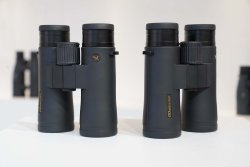
Binoculars use optical lenses. When you think of lenses, you know that they have a curved shape. Similar to photography, particularly high quality lenses provide optimum sharpness of the image even at the edges. The correct display of vertical lines is also part of the imaging performance. How do you check this? Quite simple: find a straight line, for example the edge of a house or a lamppost. If you look through the binoculars and the edge of the house or lamppost is in the center of the image, the vertical line should be straight. Now slowly move the binoculars to the right or left. With high-quality binoculars, the vertical line remains a straight line, even at the edge. This is achieved by so-called field flattener lenses, which lower this distortion and display the picture correctly. With some binoculars, the straight line is displayed curved and this is really disturbing in practice. This is called pincushion or barrel distortion. So please remember: if the lines bend in the peripheral area of the tested binoculars, then you do not have a good binocular in your hand – to put it bluntly.
Tip 3: resolution
Resolution has to be considered from two sides. First of all, it depends on the individual requirements of the user. This refers to the user's visual acuity. Point two is the technical capability of the binoculars. You can check this quite easily. Look for a tree with a knothole about 50 meters away, where in the dark area of the knothole you can still see a little structure with the binoculars. Now compare your binoculars with another pair and you will find out that some binoculars can show these dark structures better. Here the wheat is quickly separated from the chaff in binoculars.
Tip 4: contrast
In binoculars, contrast is particularly important for the viewing experience. No one likes to look through binoculars that display colors incorrectly or where the colors simply look "dull". A good pair of binoculars can be recognized by the fact that the colors are displayed in a truly natural way. You can check this very easily with an A/B test. First, find a colored surface and look through the binoculars – this is the A test. Then look at the colored area in "reality" – this is the B test. If both color tones match, you already have a good pair of binoculars in hand. Of course, you should do this with different colored surfaces and take into account that colors can have a different effect in different lighting situations. Good contrast is very important, especially for spatial vision.
Tip 5: edge sharpness
As we have already learned in point 2, optical lenses have the property to display curved vertical lines at the edge. Another point is the sharpness of the image at the edge. It is very easy to check the performance of binoculars: find a traffic sign or billboard about 50 meters away. Again, move the glass slowly to the right and to the left. If the writing in the peripheral area remains sharp, you once again have a good pair of binoculars in your hand.
Tip 6: color brilliance
As already noted in point 4, the correct representation of colors is also very important. The visual experience with binoculars is often much more intense than with "normal vision", because the "apparent field of view" makes reality seem much more intense. The colors also appear much more intense with some optics, so that one could almost speak of "a photoshopped impression". Nevertheless, when choosing a good pair of binoculars, you have to make sure that the colors look natural, even if the colors are a bit more vibrant than in real life. If, on the other hand, the image in the binoculars looks red, green or yellow, there is a so-called color cast and you simply don't have a good pair of binoculars in your hand. In this context, you also have to look at the light transmission values.
Light transmission – more is not necessarily better. Why?
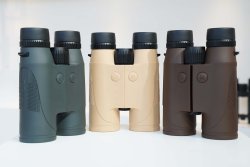
Light transmission 96%! These values should be taken with a grain of salt, as they lead the user to believe that these binoculars are particularly powerful. The question that users often forget to ask is: at what time of day was this value measured? Measured during the day in brightness, these values hardly matter. Much more important is at twilight. Here, the binoculars must remain in the 90% light transmission range and also maintain this value for a correspondingly long time. Ask your dealer or manufacturer for a transmission performance data sheet. There you will see the relevant aspects of light transmission – and this is what really matters in practice when you are observing game at dusk.
Tip 7: stray light
As a hunter, ornithologist or nature observer, you know the phenomenon that the sun sometimes shines directly into the optics from the front or the side. With riflescopes, we know the so-called sunshades, which shield the stray light. Photographers also often use sunshades to influence the incidence of light. With binoculars, this is hardly possible and so it happens that even high-quality binoculars often have problems with stray light. You can easily check whether your binoculars can cope with stray light. Simply look with your binoculars in the direction of the sun - please do not look directly into the sun, but so far that the sun appears at a 45 degree angle. If milky areas form in the binoculars, for example at the edge, your binoculars do not cope well with stray light. Good binoculars minimize this effect to almost zero.
Conclusion to our seven tips when buying binoculars: how to find the right binoculars?
If you evaluate all seven points – plus the optional point 8 on light transmission – for yourself and also compare between several models, you will very definitely make a good choice from an optical point of view when buying your next pair of binoculars. And you will find that it does not always have to be the premium models with the highest prices.
The editorial team's tip and the author's personal recommendation is the SHG-10x42 from DDoptics, which we tested in practice and which clearly won the round in all 7 points and also mastered all individual tasks very well overall. It costs 1,249 euros (RRP).



